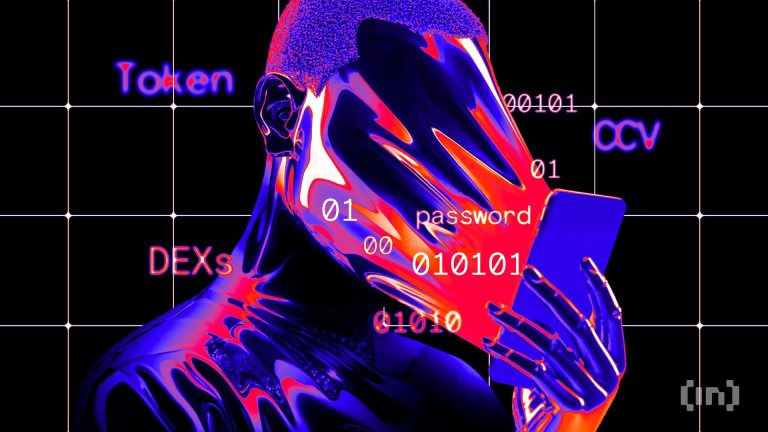
Diagnosing Common Car Problems: A Comprehensive Guide
Takeaways: Understanding common car problems and their solutions can save you time and money. From battery issues to engine troubles, this guide will help you identify and troubleshoot the most frequent automotive issues.
Owning a car comes with its share of responsibilities, and one of the most important is understanding how to diagnose common problems that may arise. Whether you’re a seasoned mechanic or a casual driver, knowing how to troubleshoot your vehicle can save you from costly repairs and keep your car running smoothly. In this article, we will explore some typical car problems, how to diagnose them, and practical solutions you can implement.
1. Battery Troubles
One of the most common issues car owners face is battery trouble. Symptoms include dim lights, slow engine cranking, and electrical malfunctions. Here’s how to diagnose and solve battery problems:
Diagnosis
- Check the Battery Terminals: Ensure that the terminals are clean and tightly connected.
- Test the Battery Voltage: Use a multimeter to check if the voltage is below 12.4 volts.
- Look for Signs of Corrosion: Inspect the battery for any white, ashy build-up around the terminals.
Solutions
- Clean the Terminals: If corrosion is present, clean the terminals with a mixture of baking soda and water.
- Jump Start: If the battery is dead, consider jump-starting it using jumper cables.
- Replace the Battery: If the battery is old (typically over 3-5 years), it may be time for a replacement.
2. Engine Problems
Engine issues can range from minor to severe, often indicated by warning lights on your dashboard. Common signs include strange noises, reduced power, and engine overheating. Here’s how to tackle engine problems:
Diagnosis
- Check for Warning Lights: Pay attention to the check engine light and other dashboard indicators.
- Listen for Unusual Noises: Knocking, ticking, or whining sounds can indicate serious issues.
- Monitor Performance: Notice any changes in acceleration or power output.
Solutions
- Scan for Error Codes: Use an OBD-II scanner to identify trouble codes that can point to specific issues.
- Regular Maintenance: Keeping up with oil changes, air filter replacements, and spark plug inspections can prevent many engine problems.
- Seek Professional Help: If issues persist, consult a qualified mechanic for a thorough inspection.
3. Brake Issues
Brakes are critical for safety, and any sign of malfunction should be addressed immediately. Symptoms include squeaking noises, a soft pedal, or the car pulling to one side. Here’s how to diagnose brake problems:
Diagnosis
- Listen for Sounds: Squeaking or grinding noises indicate worn brake pads or rotors.
- Check Brake Fluid Level: Low fluid can lead to brake failure.
- Test Brake Responsiveness: Pay attention to how the brake pedal feels during use.
Solutions
- Replace Brake Pads: If the pads are worn down, replace them to ensure safe braking.
- Flush Brake Fluid: Old or contaminated brake fluid can affect performance; flushing and replacing it is recommended.
- Consult a Mechanic: For complex issues, it’s best to seek professional assistance.
Conclusion
Diagnosing common car problems is an essential skill for any car owner. By being aware of the signs and symptoms of issues like battery troubles, engine problems, and brake issues, you can take proactive measures to ensure your vehicle remains in optimal condition. Regular maintenance and timely diagnosis not only prolong the life of your car but also enhance your safety on the road. Don’t hesitate to consult a professional mechanic when in doubt, but with the knowledge gained from this guide, you can tackle many common car issues yourself.







